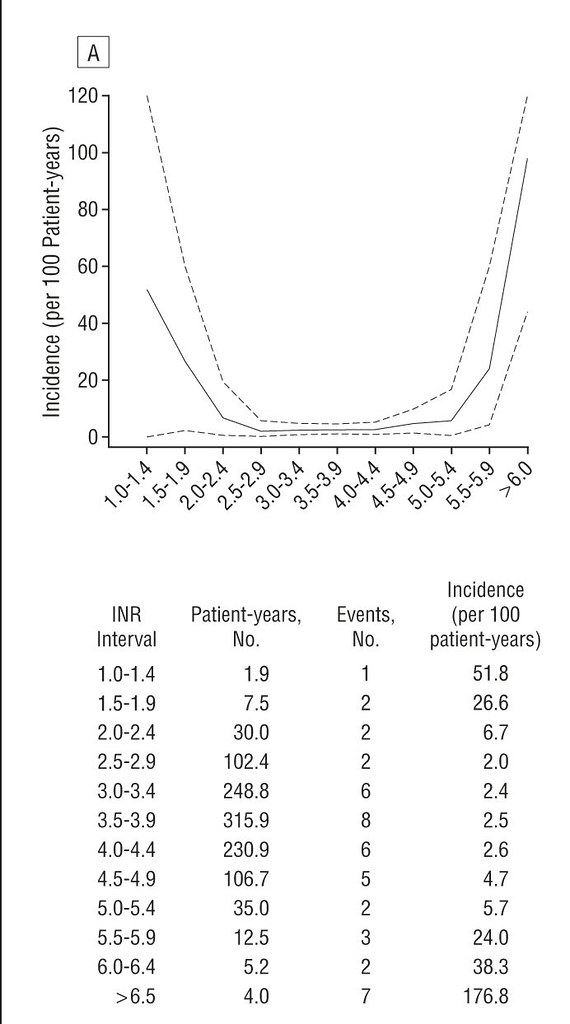I often see posts where people are concerned that their meter differs from the one at the lab. I went, this AM, to my PCP office for my annual "well check" that is provided by Medicare. While having my blood drawn for general lab testing I asked if they would do a finger stick INR to check my meter against theirs. They use a CoaguchekXS identical to mine. They got a 3.7 @ about 11:l5am.
Earlier today, about 8:15am, I self-tested at home on my CoaguchekXS and got a 3.4.
Neither my doc nor I were concerned about the difference in INR(3.4 vs 3.7)........goes to show how different meters and probably some "metabolism differences" over the 3 hours between tests might affect INR readings.
I crosscheck my meter against my docs every year or two and they have always been close to one another........but never identical
Earlier today, about 8:15am, I self-tested at home on my CoaguchekXS and got a 3.4.
Neither my doc nor I were concerned about the difference in INR(3.4 vs 3.7)........goes to show how different meters and probably some "metabolism differences" over the 3 hours between tests might affect INR readings.
I crosscheck my meter against my docs every year or two and they have always been close to one another........but never identical
Last edited:

























